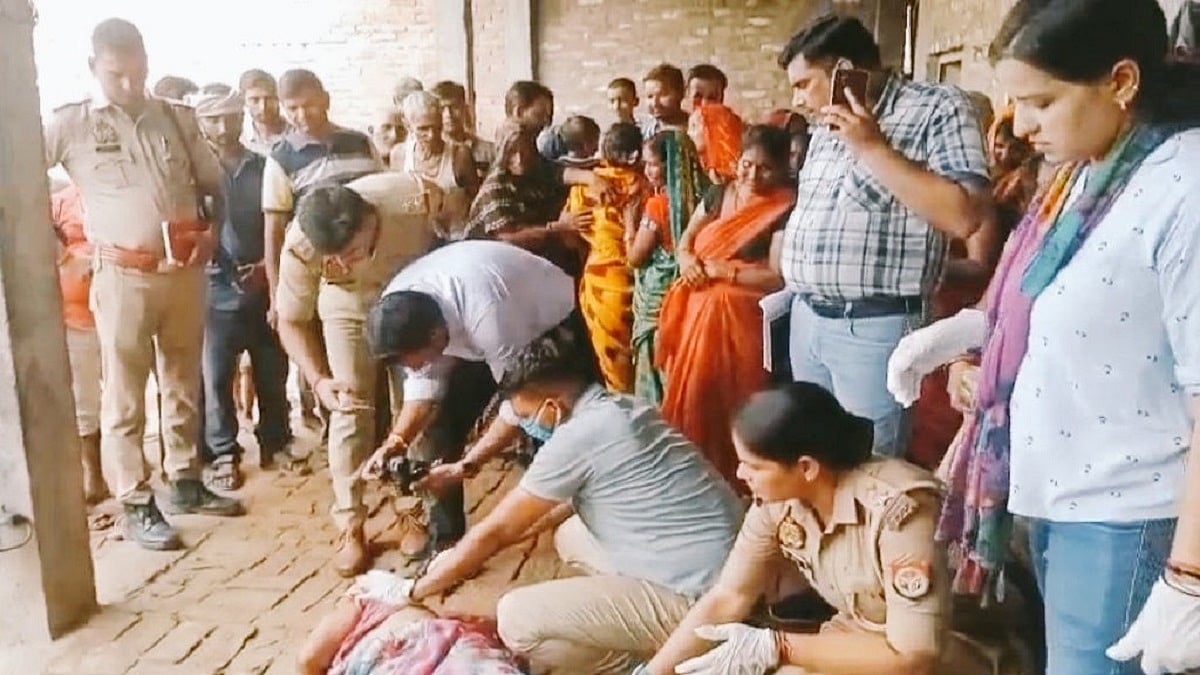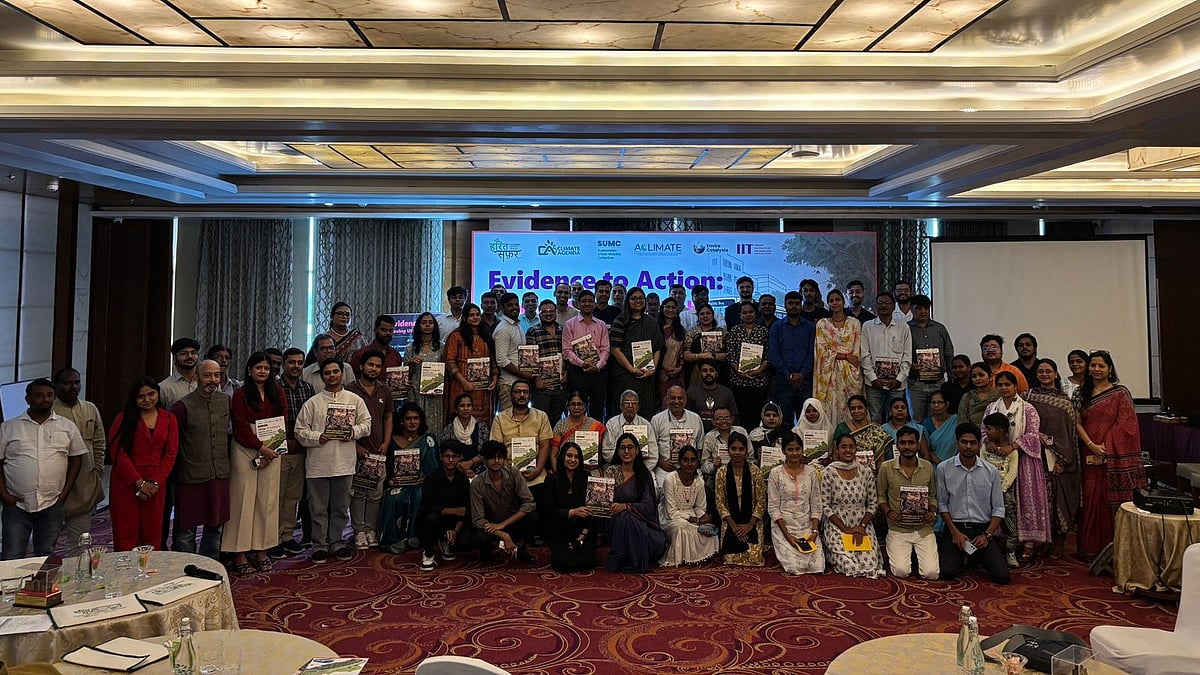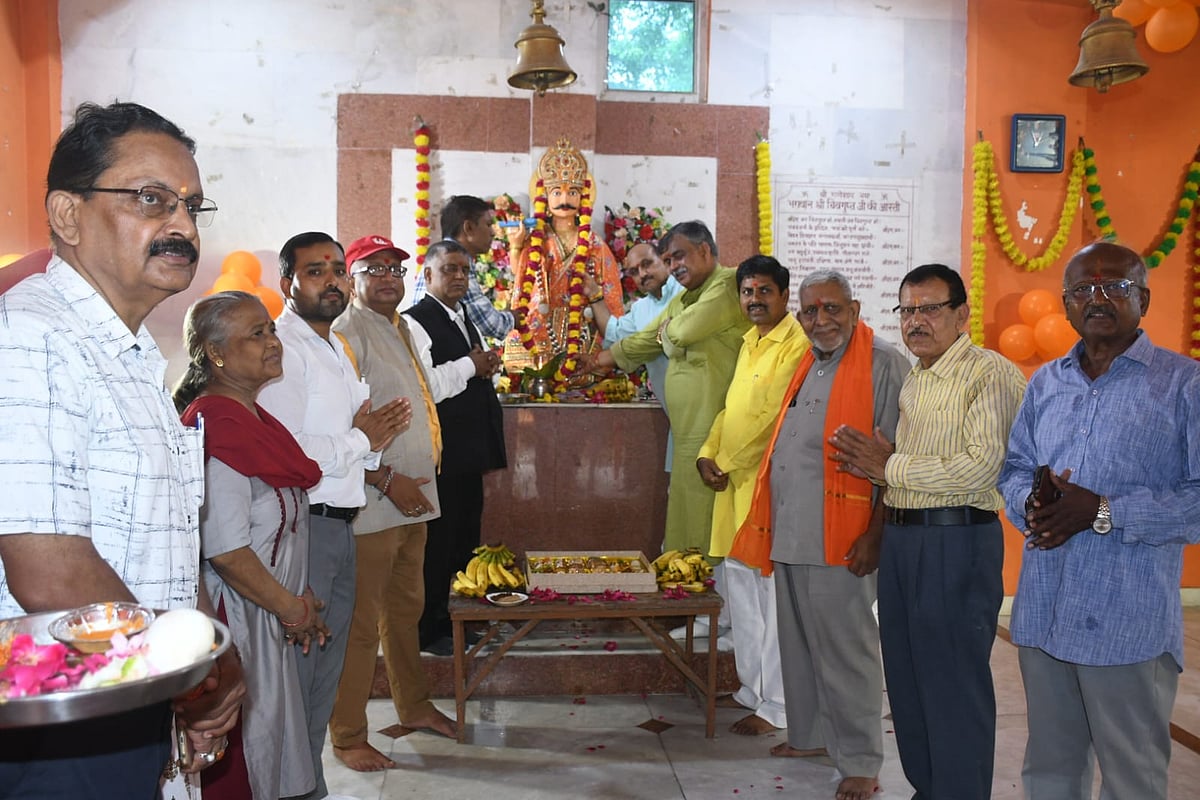After a 20-year hiatus, the United States witnessed a breathtaking total solar eclipse on April 8. This celestial event wasn't just a spectacle for stargazers; it presented a unique opportunity for scientists to study the Earth's upper atmosphere, the ionosphere. Leading this crucial research effort was Dr. Aroh Barjatya, an Indian-born Professor of Engineering Physics at Embry-Riddle Aeronautical University in Florida, USA.
Dr. Barjatya served as the mission director for a project spearheaded by NASA that launched three rockets into the ionosphere, a layer of charged particles residing between 90 and 500 kilometers above Earth's surface. Originally from Jaipur and currently residing in Florida, Dr. Barjatya's dedication has yielded fascinating insights into the ionosphere's behavior during a solar eclipse, shared with his sister Apurva through preliminary data and mission preparations.
This mission held immense significance for humanity. Solar eclipses are known to disrupt radio signals transmitted through the ionosphere, impacting communication and power systems worldwide, including our mobile phones and televisions. This study aimed to quantify this disruption and gain a deeper understanding of the phenomenon. The findings, soon to be revealed to the public, will be instrumental in mitigating communication breakdowns during future eclipses.
Dr. Barjatya's expertise extends beyond mission leadership. He is also the founding director of the Space-Atmospheric Instrument Lab at Embry-Riddle University. This very lab is where the intricate systems aboard the three NASA rockets were designed. Each rocket was launched strategically: the first 45 minutes before the eclipse, the second during totality, and the third 45 minutes after.
These rockets carried specialized instruments, no bigger than a two-liter soda bottle, designed to measure the ionosphere's composition during the eclipse. These instruments recorded changes in charged and neutral particles, as well as the electromagnetic field, at an altitude of up to 420 kilometers.

The data collected by these rockets will be crucial in piecing together the complex interaction between the Sun's radiation and the Earth's upper atmosphere during a solar eclipse. Dr. Barjatya's leadership and the innovative technology developed at his lab are paving the way for a more comprehensive understanding of this dynamic layer, ultimately ensuring a more stable connection for the world's communication networks.









